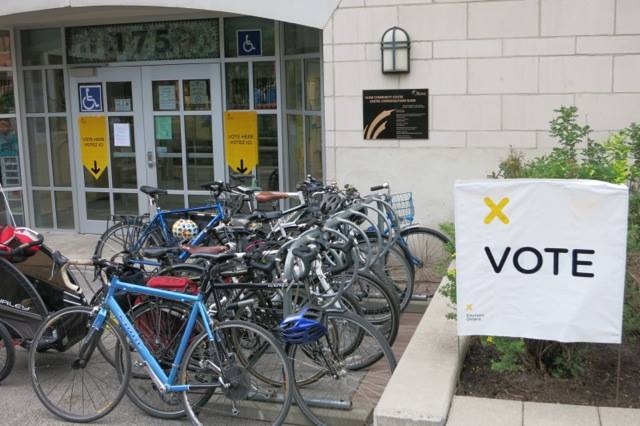Our election page is hugely popular and generated a lot of interest, both from residents with an interest in cycling (“Everyone should read this page as a guide“) to residents with no interest in cycling (“Let’s put the blame where it belongs, cyclists should pay for their own infrastructure”).
(For the record, we are suggesting ideas, not blaming anyone).
The candidates we elect on October 27 will determine how strongly cycling-friendly projects and programs are championed in your community. With calmer streets, more greenspace, and less traffic congestion, bicycling can help make Ottawa a more liveable city.
Based on the input of the hundreds of residents who responded to our online survey, Citizens for Safe Cycling (CfSC) has developed this list of practical actions and policies – our cycling platform – that could be implemented in the next term of council to help make cycling accessible to people of all ages and abilities.
Read our press release here!
Download our printable CfSC elections brochure here!
Link spending on cycling to ridership
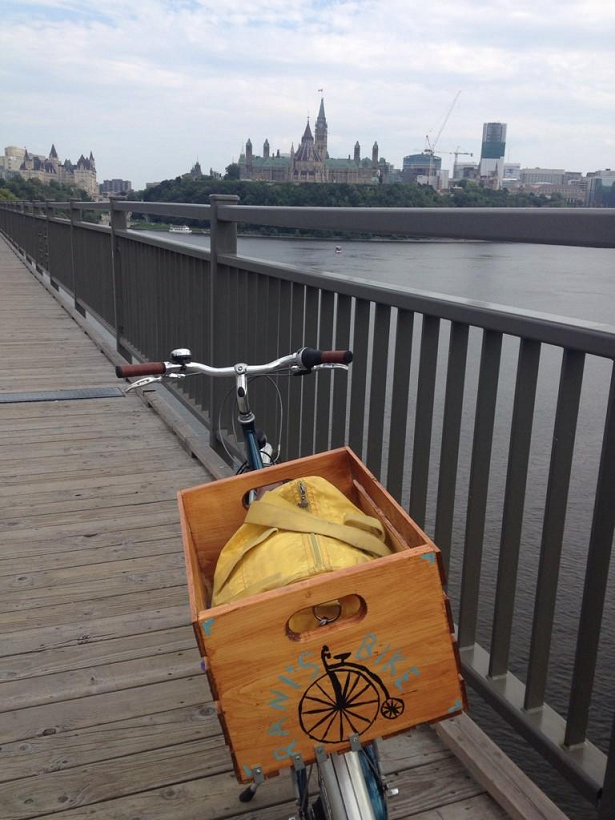
- Ottawa’s cycling plan calls for a 5% bike modal share by 20311, up from 2.4% in 2011.
- From 2011-2014, Council invested $28 million in cycling. Over that same period, spending on all modes of transportation (excluding the $2.1B investment in the Confederation Line) was $3.3B4,
- Spending on cycling currently represents less than 0.85% of all transportation spending, or about $7.30 on the average residential annual tax bill4.
- 67% of Ottawa residents either already ride, or would like to but are concerned about safety5.
- Shifting a very small amout of spending towards cycling does not mean punishing drivers or transit users. Maximizing the use of our limited road space is win-win.
CfSC asks that the city commit to an annual cycling investment of $20 million. That is only 2.5% of overall mobility spending, and is a commitment that is equal to the number of people who already ride. By demonstrating leadership in sustainability, and making a very small shift in how transportation dollars are allocated, Ottawa would be able to build more of the kind of high quality cycling-specific infrastructure that is needed to make cycling accessible to people of all ages and abilities, and will create a healthier, greener Ottawa years sooner.
Collaboration
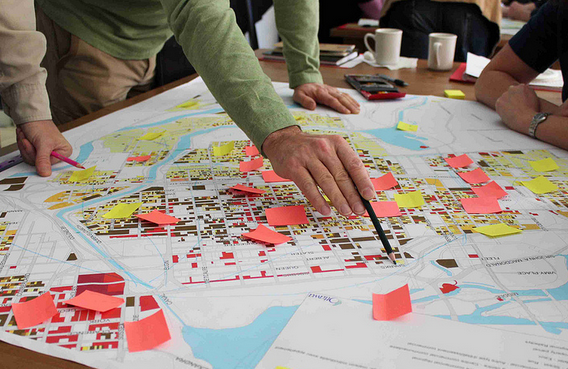
Many cycling routes go through different jurisdictions. The lack of co-ordination means that infrastructure can be disconnected and inconsistent. Establishing a formal committee, including representatives from CfSC, the City of Ottawa, Ville de Gatineau, National Capital Commission, and local residents will help to identify opportunities for collaboration throughout the NCR, and assist in the design phase to ensure optimal outcomes when new cycling infrastructure is planned.
Support Vision Zero
The “Vision Zero” approach to road safety is that no loss of life is acceptable. Where a road user may fail (none of us are perfect!), the road system should not. Through engineering, education, and enforcement, the goal of this approach is to continually strive to reduce fatalities and injuries on our roads. We recommend:
- Separate bike traffic from trucks and buses as much as possible.
- Continue to support positive educational partnership efforts such as Safer Roads Ottawa, programs like “Lights on Bikes”, and bike rodeos.
- Reduce speed limits in residential areas to 40km/hr or less.
- Work with the Ottawa Police Service Board to promote cycling awareness amongst all road users, and to focus enforcement on the most serious safety hazards.
Projects
In response to our survey, we received hundreds of suggestions about much-needed cycling infrastructure, identifying sites all across the city. There were common themes, like bridges and missing links, as well as certain popular locations and destinations that were mentioned again and again. While there were far too many suggestions to list, here is a summary of what we heard:
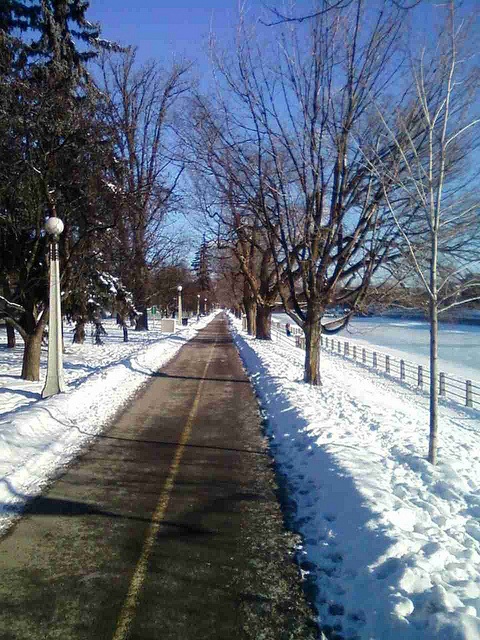
- Make every neighbourhood bikeable: Complete missing links and community connections for a more continuous cycling network. Segregated facilities provide greater security than paint.
- Bikes are for all ages: Create ‘Complete Streets’ for all road users, and design new communities with safe routes to schools, parks, and recreational facilities.
- Main streets and public places: These should be comfortable for everyone to use. Wellington/Richmond improvements and cycling connections to the ByWard Market are urgently needed.
- Let’s go to Lansdowne: Build the Fifth-Clegg footbridge, make improvements to the Bank Street Bridge.
- Bridges: Convert the Prince of Wales train bridge into a walking/cycling link between Gatineau, Ottawa, and the LRT. Focus on eliminating cycling pinch-points at highway and rail overpasses.
- Park it: Expand the popular bicycle corral parking program to more business districts.
- Bus it: Encourage multimodal trips, with bike share, secure bike parking, and safe and convenient bike access at transit stops and stations.
- Maintenance: To maximize safety and useability, keep cycling facilities swept, plowed, painted, and in good repair.
- Even more suggestions for every ward: Solve CfSC’s “Top 10” fixes, fully implement the Ottawa Cycling Plan
Discussion points for your candidates
1. What piece of cycling infrastructure is needed next in this ward?
2. What would you do to help achieve Vision Zero?
3. Do you support funding cycling at a level that is equal to the proportion of trips made by bike?
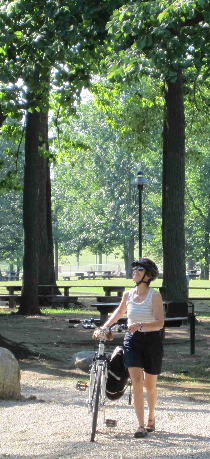
From every perspective, creating a bike-friendly city makes sense. More mobility choices, a healthier population, less competition for road space and parking, a more appealing streetscape… The leadership to shift just a few more dollars into creating quality space for cycling could spark enormous change during this term of council. Let’s not shortchange ourselves by making only minimal progress towards creating a liveable city. Tell your candidates that you intend to make your vote count towards prioritizing the fun, active, and sustainable Ottawa lifestyle!
Sources:
- City of Ottawa 2013 Cycling Plan, section 3.1.2
- Ottawa 2011 Origin-Destination Survey, table 3
- City of Ottawa august 2014 news release
- City of Ottawa adopted capital and operating budgets: 2011,
2012, 2013, 2014 - City of Ottawa 2013 Commuter Attitudes Survey, figure 4.2.1

